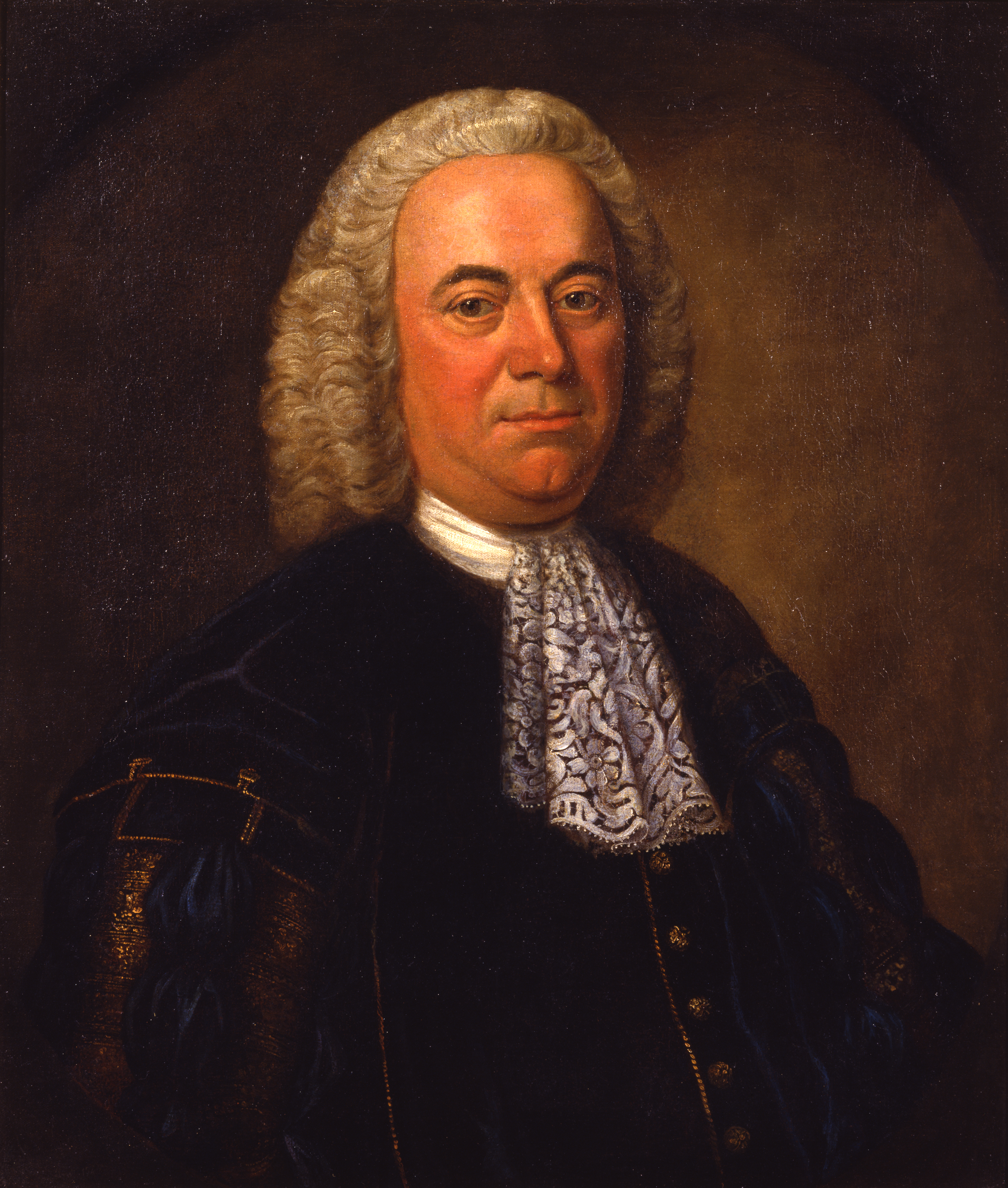This painting has been listed in out catalogues for over a century as a portrait of Dr Richard Morton (1637/8-1698). Morton was a vicar until he was forced to resign in 1662 when he refused to follow the Act of Uniformity (which governed how church services should be run), a law that was brought in after the restoration of King Charles II following the English Civil War. He later studied medicine at Oxford University and became a member of the Royal College of Physicians, and is best known for a paper he wrote on tuberculosis in 1720.
Most of the RCP’s collection of paintings and sculpture are available to view online on Art UK. As well as allowing people from all over the world to see the items, it also allows us to benefit from your knowledge, as Art UK’s Art Detective site enables members of the pubic to share and discuss research about artworks with the collection that holds them. It was a submission on Art Detective that first showed us that our Morton painting may not be quite as it seems…

Have a look at this image; what is the first thing you notice about the sitter. Is it his elaborate cravat? His direct gaze? His tightly curled wig?
Our friendly Art Detective pointed out that the short wig that Morton wears in this painting appears to have not been in use until around the 1730-40s, over 30 years after Morton died. All other images of him show him with a more period-appropriate long wig. And there was something else; Morton’s cleft chin, clearly visible in the RCP painting, is not present in any of the other images.
My first port of call when looking into any item in the RCP collection is to check our catalogues. We have an online version – available to browse here – and older, printed information about the paintings, including a physical catalogue that was published in 1964. The online version includes the image above, the same one as on Art UK. The printed catalogue however, shows a different image:
The older image shows Morton with much longer hair; the painting appears to have had a haircut between the 1960s and the 2000s.
Further digging revealed what had happened. Conservation records from the 1990s showed that the painting had a number of 19th or early 20th century additions to it. These included long, brown extensions to the wig, an inscription which read ‘Richardus Morton M.D.’, and part of the cravat.
These later additions were removed by a conservator in 1992, leaving the short grey wig we see today. The change in wig colour is probably due to old varnish, now removed, that had discoloured and made the original, short wig appear brown. This meant that the long, brown additions would have been a good colour match at the time, but with the painting cleaned the original colour can now be seen.
Why would someone have added those extra details to the painting? We cannot know for certain, but we have a theory.
The RCP’s painting collection has been built up over hundreds of years through donations and purchases. Today we have strict criteria about what we add to the collections, and we take care to make sure we know as much history (provenance) about an item as we can before we accept it. In the past, things could be a lot more relaxed, and items were added to the collection because of any link to the RCP, because of personal contacts, or because of the preferences of individuals. Some of the items – such as the Morton painting – have very vague histories. All we know about its entry into the collection is that it was acquired probably sometime between 1900 and 1926, and that the provenance is unknown. The sitter being identified as Morton is based on a similarity to an engraving by W. Elder after a painting by B. Orchard. Without the long hair, the correct chin, or the inscription, the resemblance starts to fall apart and there is little solid evidence to tie the man in this painting to doctor Richard Morton.
The online catalogue records are being updated to reflect this new information, but we are left with a lot more questions. We do not know if this painting was donated to the RCP or if it was purchased; if the amended portrait was shared with the physicians in good faith, or if it was a purposeful attempt to deceive. And finally - as it now seems likely that is does not depict Morton – we do not know who the sitter is.
Lowri Jones, senior curator
Explore the RCP’s portrait collection online at Art UK, and share you research or questions about our artworks on Art Detective
